Rick, I've never washed the cut or snapped end of a scale with that in mind. Well, at least one person had a seeming logical reason in mind and incorporated it in his practice. An interesting variation from standard practice; that's what I like to hear about--so I might try it, just to experiment too. I don't as a rule, wash my scales after scaling, especially if they are from a fresh dug healthy bulb from my own garden. I believe that every step in the process I can eliminate reduces the chance for contamination. I always work toward achieving the strongest, healthiest callus possible and believe/rely strongly on it for a good line of defense. I would be concerned that washing (as you aquaintance does), while good in thought, would wash away the weep or sap that forms a heavy callus, or leave so little left to weep the callus would be too shallow to be a good, strong natural defense. But, as I say, I'm looking for something different, so I can try something different, rather that doing the same thing over and over all the time. Next time I do a full bulb scaling, I'll try some both ways.
Here's a handy, practical little tip for everyone reading this. How many times in your travels have you seen a lily somewhere, in someones garden perhaps and you really, really want one like it, but you can't buy it anywhere? Well, chances are, if the owner doesn't have an extra plant to share, he's typically more than happy to share a couple scales in the Fall of the year. So, what I do is dig down and partially around the mother bulb (you might have to convince the owner that breaking thru the stem roots is harmless in the Fall). Then, gently separate a couple outer scales from the mother bulb and break or cut them off at the basil. Then sprinkle the hole and mother bulb with powdered captan or powdered copper base fungicide lightly. You'll have to convince the owner that you'd like to let the mother bulb callus overnight and to cover the next morning, but if either of you is uncomfortable with that, then cover it right then and there. It won't hurt the mother bulb a bit. It's something you might find handy and want to do sometime. I always say: a good lily is where you find it!
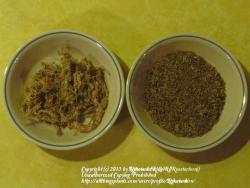
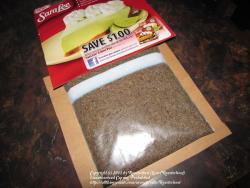
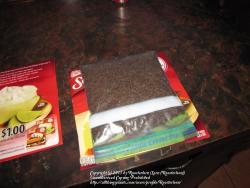
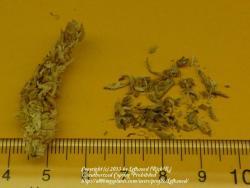
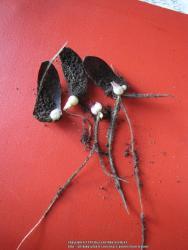

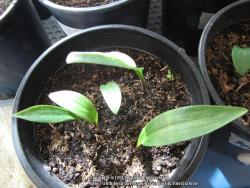
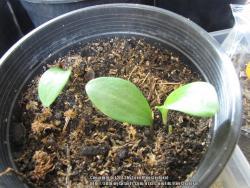
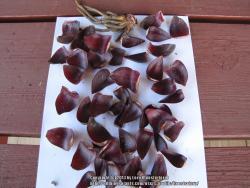
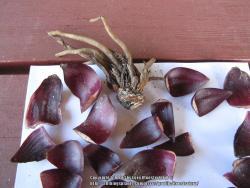
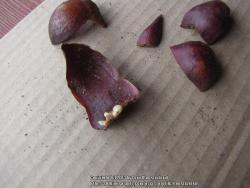
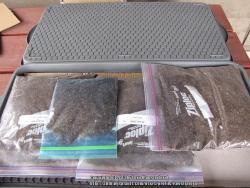
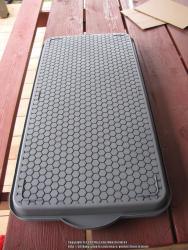
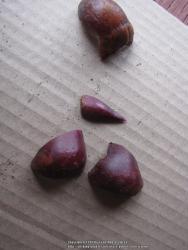
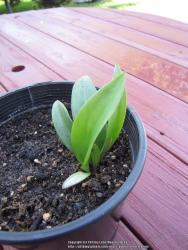
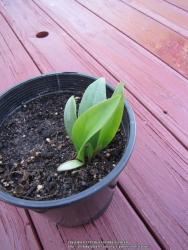
 Today
Today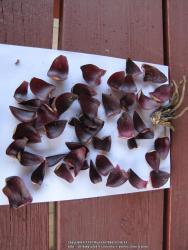 Back about April 28th
Back about April 28th